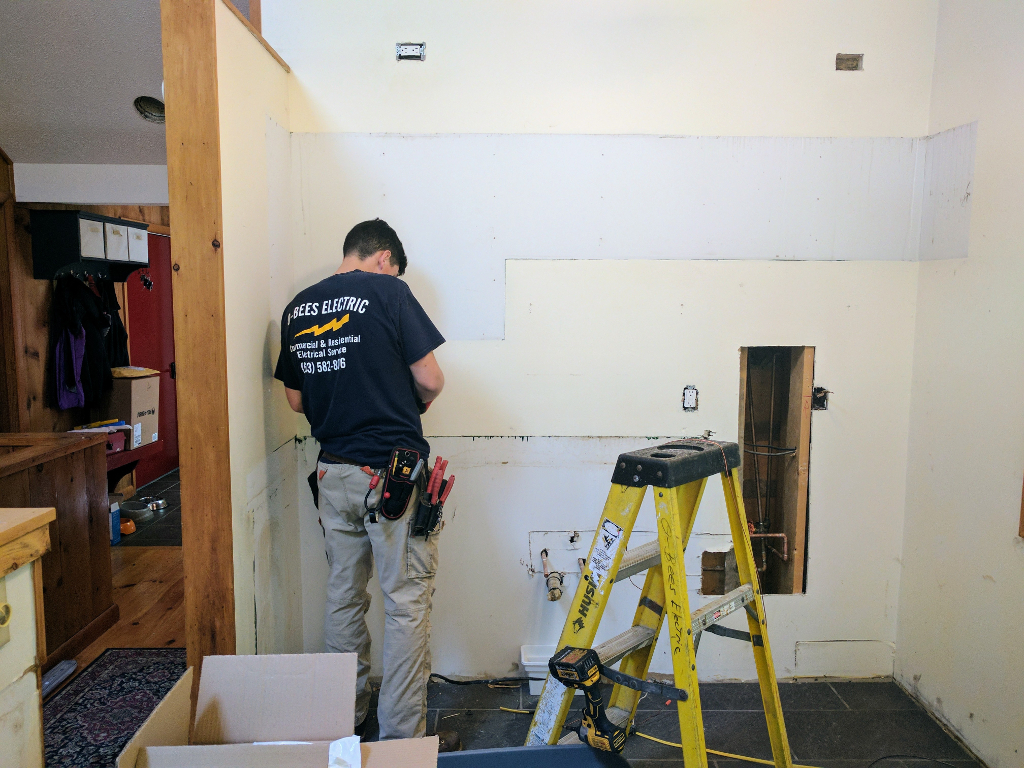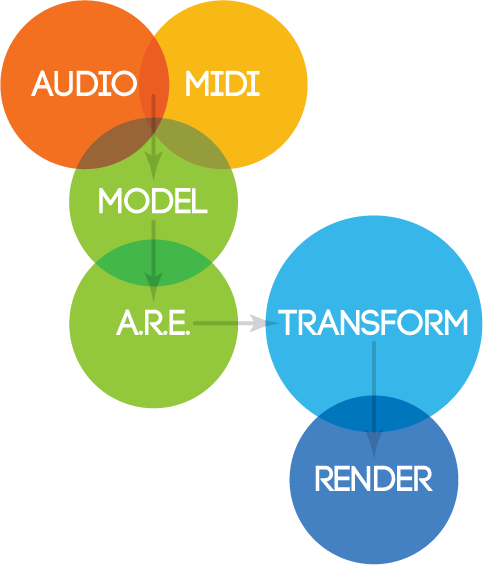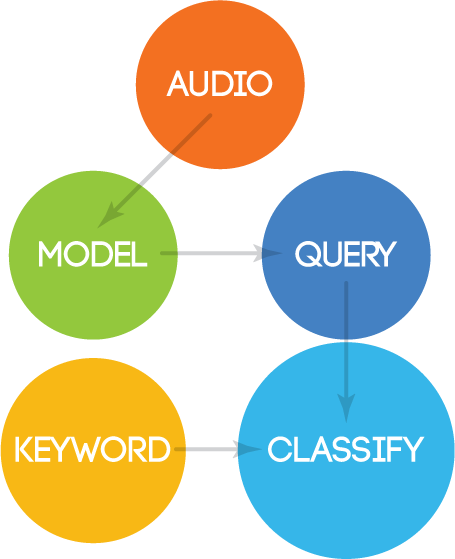Shocking as it may seem, we decided to leave electricity to the professionals.

Hanging the cabinets with precision and care, in hopes that Alison’s cookware will soon be in there. (Ugh, I hate myself…)

Shocking as it may seem, we decided to leave electricity to the professionals.

Hanging the cabinets with precision and care, in hopes that Alison’s cookware will soon be in there. (Ugh, I hate myself…)

Last night I had a dream. I dreamt I was as light as the ether, a floatin’ spirit visiting things to come. The shades and shadows of the people in my life wrassled their way into my slumber.
And then I dreamed on, into the future, to a Christmas morn’ in the far away land where Nathan Junior was setting up camp with a kindly couple who preferred to remain unknown.
And still I dreamed on, further into the future than I’d ever dreamed before, watching Nathan Junior’s progress from afar, taking pride in his accomplishments, as if he were our own, wonderin’ if he ever thought of us, and hopin’ that maybe we’d broadened his horizons a little, even if he couldn’t remember just how they got broadened.
If not New Hampshire, then a land not too far away, where all parents are strong and wise and capable, and all children are happy and beloved. I don’t know. Maybe it was Utah.
Super automatic coffee is here! Looks good, smells good, tastes great…


Isomer is a suite of software tools that produce abstracted representations of the characteristic trends expressed in existing musical models. The system then uses these observed trends to create query and transformation algorithms, with the ultimate goal of generating of new/hybrid materials.
Isomer’s ten software modules are separated into two categories: representation and processing. Summary descriptions of each module are presented below.
This modular architecture makes Isomer ideal for a wide range of applications. Modules can be connected in myriad ways to create a wide range of workflows options.



Isomer’s flexible architecture makes it ideal for a wide range of research, creative, and industry applications. The current application roadmap focuses on musical applications, however, there’s nothing to prevent Isomer’s representation and processing algorithms from being applied to other multi-vector, time series data.
While not the current focus, exploration into non-musical applications is also under consideration.
Unfortunately, Isomer isn’t available for public use. At least not yet.
While the software has proven to be extremely robust (development is test-driven with long-run reliability and portability as primary goals), the modules are currently managed via CLI. In other words, by modern standards, it’s incredibly cumbersome to use.
This is by design, however. Top priority is to keep the system maximally flexible while work is completed on all modules and I discover the strengths and weaknesses of the system. Once testing is completed, I’ll look at releasing feature-limited versions of Isomer for use in various environments and applications.
Of course, I’m always open to new ideas, so if you have a something in mind, feel free to contact me with details.